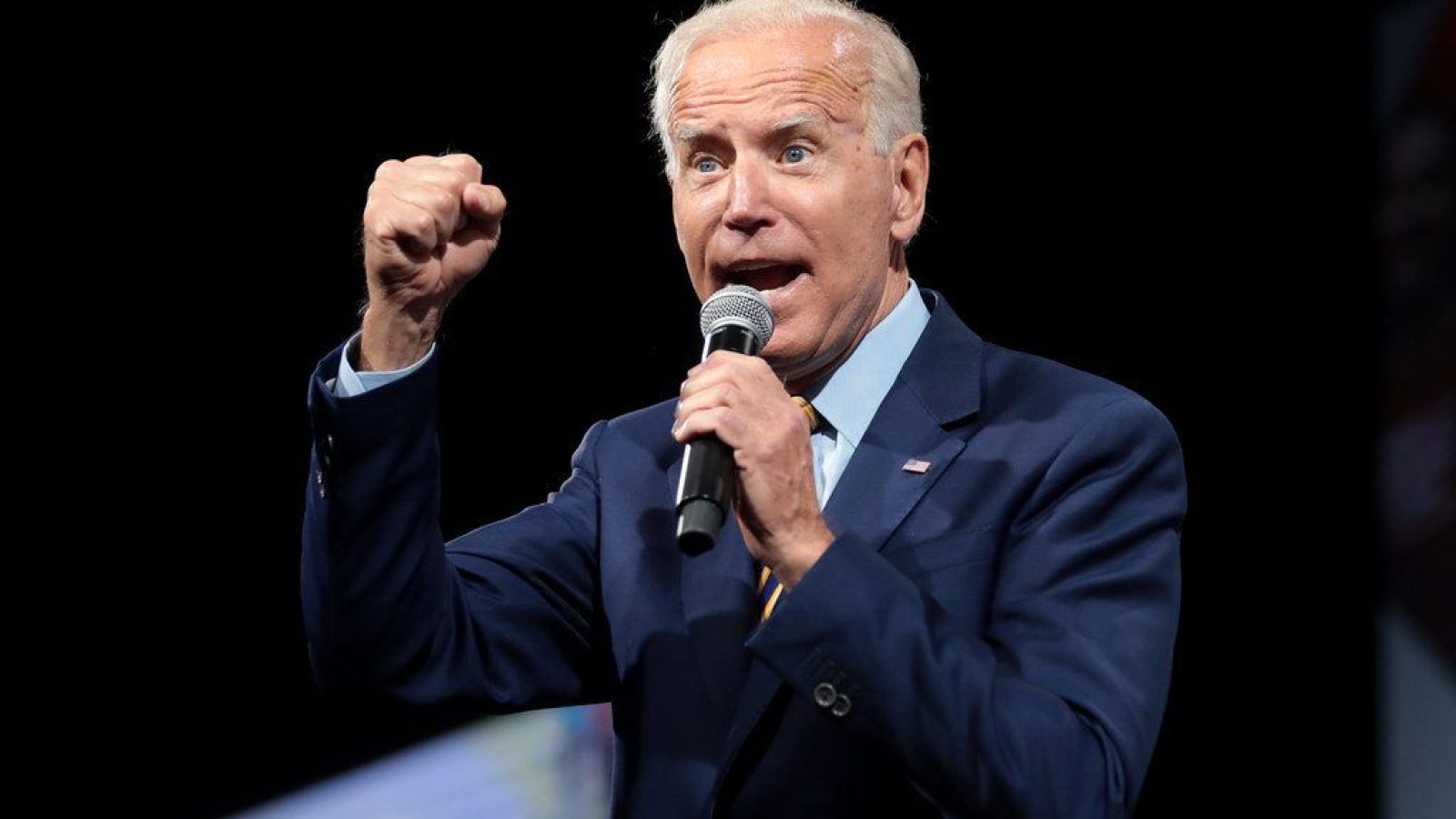Those who follow me on Twitter know that I am currently reading through Ray Dalio’s “The Changing World Order: Why Nations Succeed and Fail”.
Personally, I don’t think there has ever been a more poignant time to read this book than right now. …
The gist of the book is basically this: each of us experiences the standard and repeating business cycles of bull markets and recessions with regularity in our lives.
Bull markets, on average, last about 7-10 years, made possible by the Federal Reserve Bank’s easing of monetary policy and the ensuing credit expansion.
Recessions last roughly 2-3 years and are the result of credit contraction by that very same central bank.
Everyone is familiar with these cycles, and while it pays to buy up assets during these down periods, ride out the bull market, and sell at the top, these cycles are largely insignificant when compared to the other, larger cycle that almost no one pays attention to.
The “big debt cycle”, as Dalio has dubbed it, takes roughly 50-75 years to complete and is simultaneously the foundation for all rising global reserve empires and the harbinger of their destruction.
Because most people only witness this event once in their lives, if they ever witness it at all, people are largely unaware that it even exists and they live their lives as if it doesn’t exist at all.
In a nutshell, the big debt cycle has 6 distinct stages:
- The inception of a nation—the start of a new order—this can take effect through the conquest of one foreign power over another foreign power, or an internal revolution like the American war for independence that began in 1776.
- The resource allocation phase— where people work together to develop administrative, bureaucratic, education, and market-based systems. In this phase, people are excited and optimistic about the future of their nation. Both stages 1 & 2 are characterized by very low to no debt.
- Peace & prosperity- this is the most stable phase of the cycle when widespread peace & prosperity reign—think of mid-20th century America, the 1950s and early 1960s.
- The excess phase—this period of time is characterized by excess, gluttony, overspending, debt accumulation, and wide financial and political gaps in society— America in the 1970s-2000s.
- Very bad financial conditions characterized by soaring inflation, increased polarization, and very, very high debt—both nationally and on a per capita basis—this is the stage we are currently in.
- Stage 6—civil war or revolution.
Once the cycle completes in stage 6, the cycle begins again and a new order is born.
These cycles have occurred throughout history and are almost always accompanied by external pressures from rising global powers—as one nation rises, another one falls.
The number one driver of this decline is the level of debt present in the leading empire. Once the debt reaches a certain point, leaders scramble to reign in the debt through rampant monetary printing and inflationary policies.
This eventually leads to a devaluation of all debt instruments including paper money.
It happened to the British Empire in 1945, following the end of WWII, and we came out on top. It happened to the Dutch Empire before it happened to the British and it happened to the Chinese before it happened to the Dutch.
This brings me to my next point and the main point of this article: America is currently in the 5th stage out of the 6 stages, at a time when a new global power is rising once more—China.
All of the conditions in Dalio’s book have been satisfied to label America as a global reserve empire in decline.
We have insanely high debt and massive polarization—we are headed toward a civil war, according to some experts, decadence rules the day, we have wide gaps in our values, reflected in what the political elites believe vs the average American, and we are coming into conflict with another great power.
The problem with this is that while conflict might seem like the only path forward, it is simply the next phase in the destruction, as the debt-saddled empire cannot compete with a nascent and rising power with little-to-no debt.
Even if the leading empire in question manages to defeat the rising power (which is unlikely), further inflation caused by wartime spending, fueled by debt financing, further erodes the ‘winning’ empire’s power—a pyrrhic victory.
Given that this is the case, the most irresponsible thing for the nations of the West—led by Biden to do, would be to antagonize China, yet that is exactly what occurred during the G7 Summit.
Biden and the other ‘leaders’ of Western governments gave China an ultimatum: touch Taiwan and there will be a unified offensive against China.
The Epoch Times provided this statement from Biden:
“Now, you all know, but the public kind of forgets, that [the One China policy] says that neither country, China or Taiwan, nor territory, can independently declare what they’re going to do—period. There has to be a mutually agreed outcome,” Biden said.
“So [the United States is] sticking by that. We’re not going to tell China what they can do,” he said.
“We made it clear that we don’t expect Taiwan to declare independence either. But in the meantime, we’re going to continue to put Taiwan in a position that they can defend themselves.
“And there is clear understanding among most of our allies that in fact, if China were to act unilaterally, there would be a response, there would be a response.”
ADVERTISEMENT
Kim Dotcom presented this infographic showcasing the economic power of China and the rapidly growing BRICS alliance.
“This multipolar alliance is bigger than the G7. It will end US hegemony and the US dollar as a reserve currency. The expiry date of US empire is set. No escape,” says Kim.
BRICS+ includes Brazil, Russia, India, China, South Africa and soon Indonesia, Saudi Arabia and 13 other applicants. This multipolar alliance is bigger than the G7. It will end US hegemony and the US dollar as a reserve currency. The expiry date of US empire is set. No escape. pic.twitter.com/pKd8wqGazJ
— Kim Dotcom (@KimDotcom) May 22, 2023
The BRICS alliance currently has 19 member states signed on to join the nascent conglomeration of commodity-producing nations, with more applications coming in as the months go on.
Over 150 nations are currently signed onto China’s Belt & Road Initiative—a broad network of roads and infrastructure that will connect Asia, the Middle East, Africa, and parts of Europe.
According to Russian state media, China has already rejected the G7’s ultimatum, outright telling the Western powers, which currently dominate the global order, that they will not accept any rules made by the G7 or its member states:
China questions ‘credibility’ of G7 membershttps://t.co/NIGuDjXpJy pic.twitter.com/Zp8jBlbHvU
— RT (@RT_com) May 21, 2023
RT reports:
“China will never accept the so-called rules imposed by the few.
The international community does not and will not accept the G7-dominated Western rules that seek to divide the world based on ideologies and values,” the statement read.
The Foreign Ministry went on to accuse the group of acting on behalf of “America-first” policies and attempting to impose its will on others.
“That simply shows how little international credibility means to the G7,” the ministry said.
ADVERTISEMENT
It is clear from the rhetoric on both sides that neither side is willing to step back or ease up tensions regarding Taiwan.
Biden’s comments at the G7 were incredibly irresponsible and only serve to push us one step further in the direction of a global war and outright economic collapse.
Taiwan is not our country, it is not our battle, it is not our fight, it is not even in our region of the world. If we want computer chips, perhaps we should manufacture them here.
The American people likely won’t tolerate a hot war with China, and with this country being so late in its debt cycle, should we really be financing war right now?
Should our government continue to push for WWIII?




Join the conversation!
Please share your thoughts about this article below. We value your opinions, and would love to see you add to the discussion!